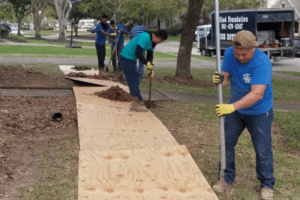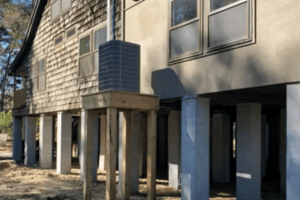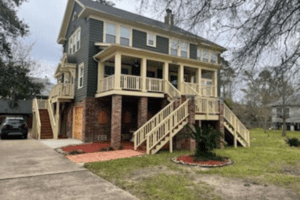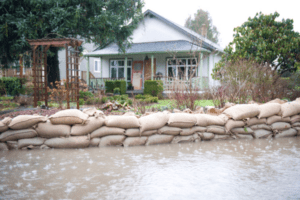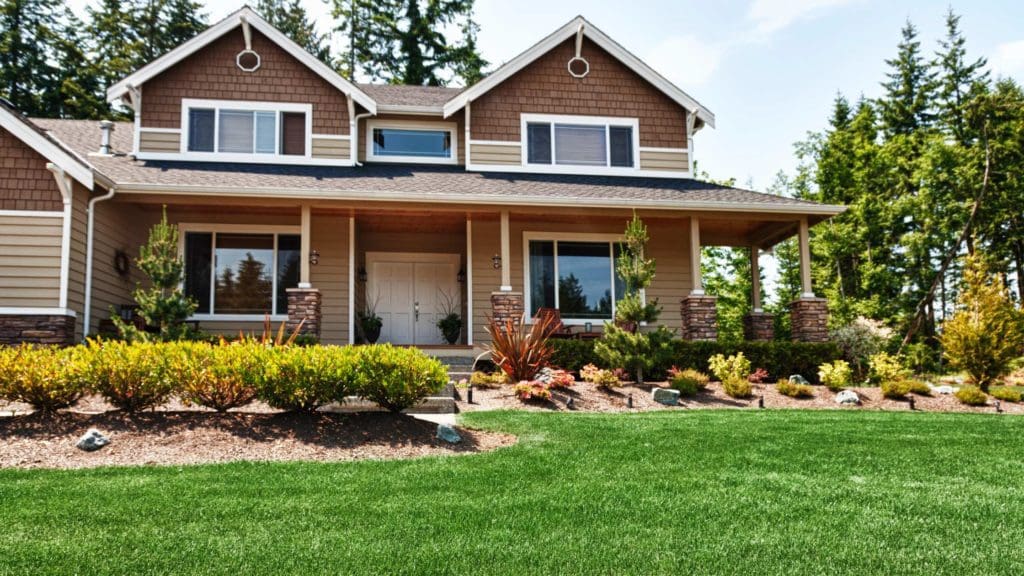A beautiful landscape is one of the most important elements of a piece of property. Besides improving the curb appeal of a home and making it more welcoming, specific landscaping ideas can help you transform your surroundings into a perfect space for relaxation and entertainment.
Although there are different things you need to consider when planning your outdoor space, your home’s foundation is among the most important ones. That’s because the foundation is the only element that anchors your home to the ground while providing adequate support. To help you prevent foundation damage that could jeopardize the structural integrity of your entire home, here are a few foundation-related aspects you should pay attention to when designing your landscaping project.
Sloping and Drainage
In general, poor drainage is the leading culprit of foundation damage, particularly in areas with expansive soils. Because these soils expand and contract considerably according to variations in soil moisture, they could lead to large volumetric changes underneath and around your foundation. These changes will eventually cause different problems, including cracks in the foundation and walls, sagging floors, and leaking crawl space. Over time, these issues can evolve into more serious structural damage that could spell trouble for your entire home.
Regardless of the type of soil you have on your property, foundation damage can be prevented through optimal drainage, which can be achieved by properly grading the soil and installing an adequate gutter system. To keep water away from your foundation, the ground around your home, as well as other structures, including driveways, walkways, and patio, should drop at least 1/4 inch for every foot away from home for about 10-15 horizontal feet around the foundation.
Coming down to your gutter system, it must be adequately sized and kept free of dirt in order to effectively drive water runoff away from your home. To prevent leaking, inspect your gutters and downspouts on a regular basis and replace the components that have cracks and/or holes. As well, you need to connect your gutter system to adequate downspouts, which should divert water at least 4 feet away from your foundation, preferably into a proper drainage system. An additional preventative measure you could implement in order to prevent foundation damage that may occur as a result of water runoff is installing a French drain.
Trees, Shrubs, Locations, and Defense Systems
Besides adding some interesting focal points to any landscape, ornamental trees and shrubs are a great way to combat the heat, so you can keep your Houston home cooler and enjoy the outdoors even during the hottest times of the day. However, there are some important things you need to know before planting trees and shrubs on your property.
First, most landscapers recommend planting trees and shrubs at least 15 to 20 feet away from homes in order to prevent foundation damage due to roots. But luckily, there are ways to plant trees and shrubs closer to your home without worrying about potential damage. You can easily overcome this by choosing the right types of trees and shrubs and the perfect locations for them.
In a nutshell, don’t plant any shrubs or trees with aggressive root systems that could wreak havoc on your foundation. Instead, choose drought-tolerant trees that will stay relatively small so their roots won’t encroach on your foundation. Additionally, consider their full-grown size. Because the root systems of trees and shrubs usually spread more than the radius of their canopies, the perfect location would be about 1.5 times the width of the full-grown canopy away from the foundation. Last but not least, make sure that you always install root barriers around the trees and shrubs you plant near your home or other structures on your property, including driveways, walkways, garage, pool, porch, and patio.
Watering Systems
When planning your outdoor space, installing a dedicated watering system for your foundation as part of your yard or garden irrigation system can help you prevent damage to your foundation during dry spells. First, however, it’s important to select the right watering method for that. While you can use a lawn sprinkler to water your foundation, a drip irrigation system or a soaker hose is a much better option. That’s because, with a sprinkler system, you may fail to maintain a constant level of moisture in the soil around your foundation, so it may become too wet or too dry. Unlike sprinklers, soaker hoses and drip irrigation systems allow water to soak into the soil more slowly and evenly. This will keep the ground around your foundation constantly moist.
If you’d like more information about how to prevent foundation damage this summer, please get in touch with our professionals today. Also, if you’ve observed any signs of foundation damage, you can use this opportunity to schedule a free property assessment!



